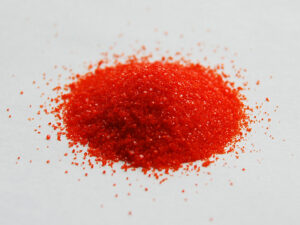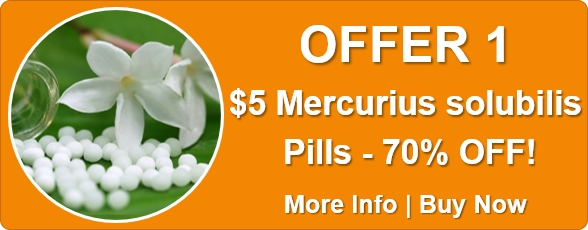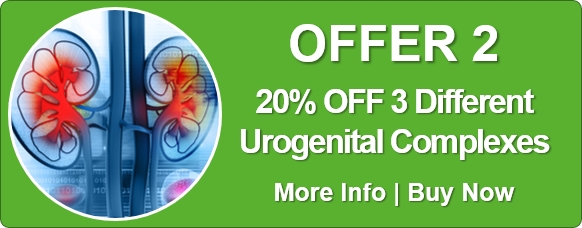Kali bichromicum (Kali-bi)
 Kali-bi is prepared from potassium bichromate, a common chemical reagent with many industrial and laboratory applications.
Kali-bi is prepared from potassium bichromate, a common chemical reagent with many industrial and laboratory applications.
Homeopathic Kali-bi is used for thick, gluey or ropey discharges from the mucous membranes. The person may have pains in small spots (able to be covered by a thumb) such as occur with sinusitis. Arthritic pains may move from joint to joint or alternate with respiratory or gastrointestinal symptoms and ulcers have a ‘punched-out hole’ appearance. They often feel chilly, gloomy and irritable and have a reputation for being ‘long-winded’, conservative and narrow-minded.
Common Uses
When the remedy matches the symptom profile, Kali bi has the ability to treat conditions such as allergy, arthritis, bronchitis, croup, headache, nasal polyp, obesity, sinusitis, gastric or skin ulcers.
From the Old Masters
Nash says:
- Affections of the mucous membranes with discharge of tough, stringy, adherent mucus, which can be drawn out into long strings.
- Formation of jelly-like mucus on mucous membranes.
- Round deep ulcers, as if cut out with a punch.
- Diphtheritic membranes on mucous surfaces.
- Migratory pains, which appear and disappear suddenly.
- Pains appear in small spots, which can be covered by a silver dollar or the point of the finger, especially in the sick headache, which is preceded by blindness.
- Yellow coating at base of the tongue; or dry, smooth, glazed, cracked tongue.
- Rheumatism alternating with dysentery or diarrhœa.
- Gastric complaints; bad effects of beer; loss of appetite; weight in pit of stomach; flatulence.
- Nose; pressing pain in root of nose; discharge of “clinkers”, plugs.
Lippe says:
MIND AND DISPOSITION
- Ill-humor ; low-spirited ; indifferent.
- Aversion to mental (and bodily) exertion.
GENERALITIES
- Pains which wander quickly from one part of the body to another.
- Periodical wandering pains in all the limbs.
- Sensitive painfulness of the whole body in the morning on rising.
- The gastric symptoms supersede the rheumatic symptoms.
- Great debility, with desire to lie down.
CONDITIONS
- Periodically appearing complaints (dysentery every year in the beginning of the summer ; headache in the morning) ; at the same hour daily.
- The symptoms alternate (Rheumatism and gastric affections).
- [215] The pains will fly rapidly from one place to another, not continuing long at any place, and intermit.
- Aggravation in the morning (headache ; nausea) ; from cold (the open, moderately cold air affects him painfully) ; after eating ; during the summer.
- Amelioration from heat.
- Fat and light-haired persons are more affected by it.
- The best antidote for too large doses or too intense symptoms is its relativePulsatilla, which can also be given before or after it to advantage.
- An interesting group for study are Kali bichr., Pulsat. and Thuya.
Hering says:
MIND AND DISPOSITION
- Anxiety arising from the chest.
- Listlessness, languor ; great disinclination for mental or bodily labor.
- Anthropophobia.
- Indifferent or low-spirited after the least annoyance, with distress in stomach.
- Ill-humored ; low-spirited.
SENSATIONS
- Pains in small spots, which can be covered with point of finger.
- Pains attack first one part then reappear in another.
- Heavy feeling in many parts.
TISSUES
- Bones feel bruised ; caries.
- Cracking in all the joints from the least motion.
- Rheumatic pains in nearly all the joints.
- Diphtheritic formations in nose, mouth, fauces, pharynx, larynx, trachea, bronchi, and even uterus and vagina.
- Plastic exudations ; ropy, stringy mucus.
- Emaciation ; anæmia.
STAGES AND STATES
- Fat, light-haired persons ; fat, chubby children.
Sources
- Textbook of Materia Medica by Adolph Lippe M.D. 1886 Publishers: AJ.Tafel
- Constantine Hering. 1877. Condensed Materia Medica. Publishers: Boericke and Tafel
- E. B. NASH. 1899 Leaders In Homoeopathic Therapeutics. Publishers: Boericke and Tafel







